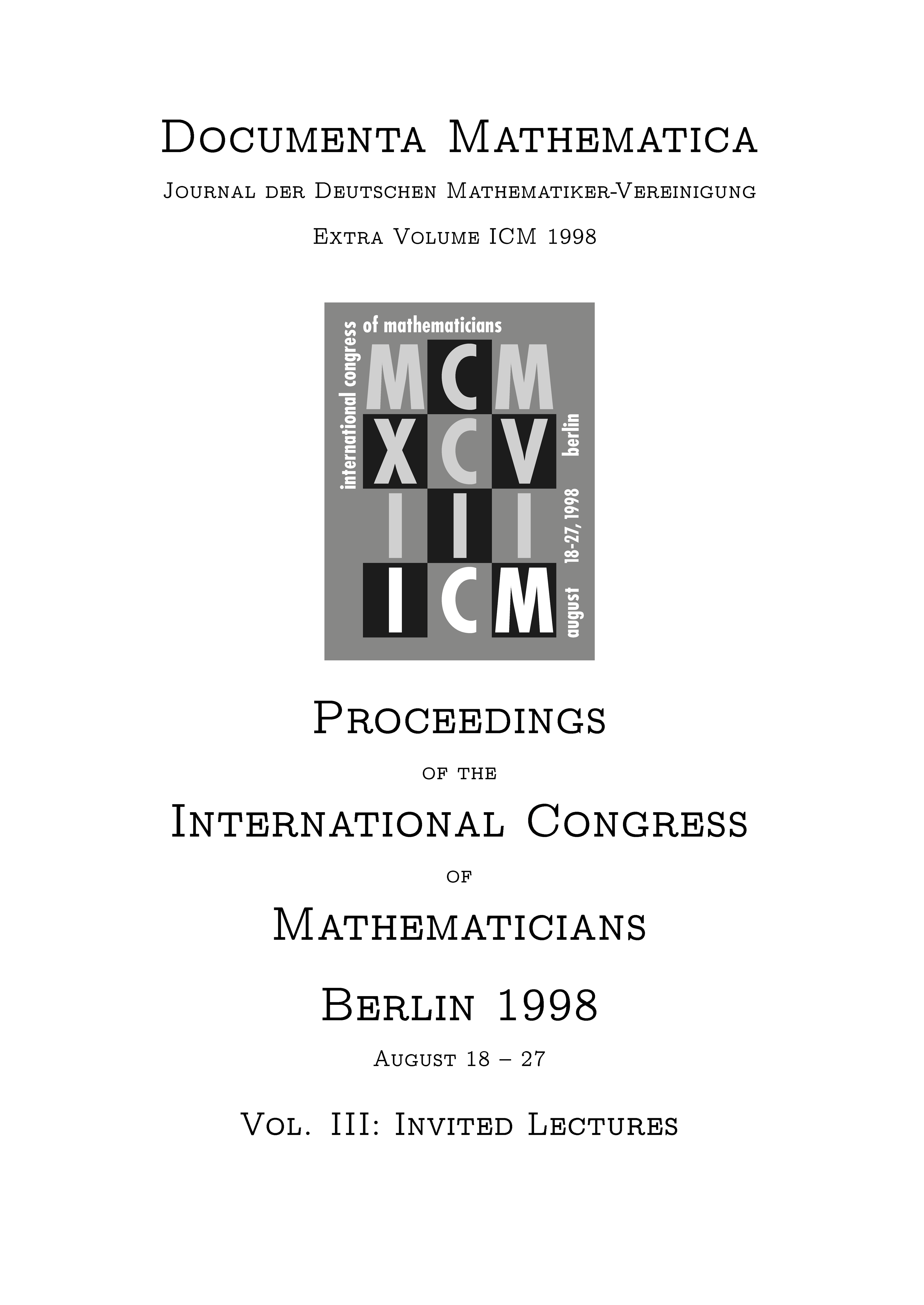Viscosity solutions of elliptic partial differential equations
Robert R. Jensen
Abstract
In my talk and its associated paper I discuss some recent results connected with the uniqueness of viscosity solutions of nonlinear elliptic and parabolic partial differential equations. By now, most researchers in partial differential equations are familiar with the definition of viscosity solution, introduced by M. G. Crandall and P. L. Lions in their seminal paper, "Condition d'unicité pour les solutions generalisées des équations de Hamilton-Jacobi du premier order" [C. R. Acad. Sci., Paris, Ser. I 292, 183-186 (1981; Zbl 0469.49023)]. Initially, the application of this definition was restricted to nonlinear first order partial differential equations -- i.e., Hamilton-Jacobi-Bellman equations -- and it was shown that viscosity solutions satisfy a maximum principle, implying uniqueness. In 1988 an extended definition of viscosity solution was applied to second order partial differential equations, establishing a maximum principle for these solutions and a corresponding uniqueness result. In the following years numerous researchers obtained maximum principles for viscosity solutions under weaker and weaker hypotheses. However, in all of these papers it was necessary to assume some minimal modulus of spatial continuity in the nonlinear operator, depending on the regularity of the solution, and to assume either uniform ellipticity or strong monotonicity in the case of elliptic operators. The results I discuss are related to attempts to weaken these assumptions on the partial differential operators -- e.g., operators with only measurable spatial regularity, and operators with degenerate ellipticity.
